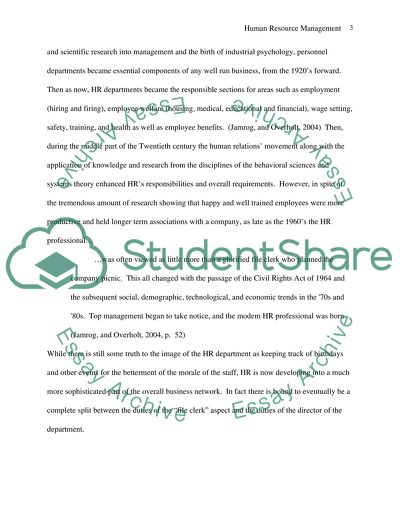Cite this document
(The Primary Function of Human Resource Management Article, n.d.)
The Primary Function of Human Resource Management Article. Retrieved from https://studentshare.org/human-resources/1547956-the-primary-function-of-human-resource-management
The Primary Function of Human Resource Management Article. Retrieved from https://studentshare.org/human-resources/1547956-the-primary-function-of-human-resource-management
(The Primary Function of Human Resource Management Article)
The Primary Function of Human Resource Management Article. https://studentshare.org/human-resources/1547956-the-primary-function-of-human-resource-management.
The Primary Function of Human Resource Management Article. https://studentshare.org/human-resources/1547956-the-primary-function-of-human-resource-management.
“The Primary Function of Human Resource Management Article”, n.d. https://studentshare.org/human-resources/1547956-the-primary-function-of-human-resource-management.


